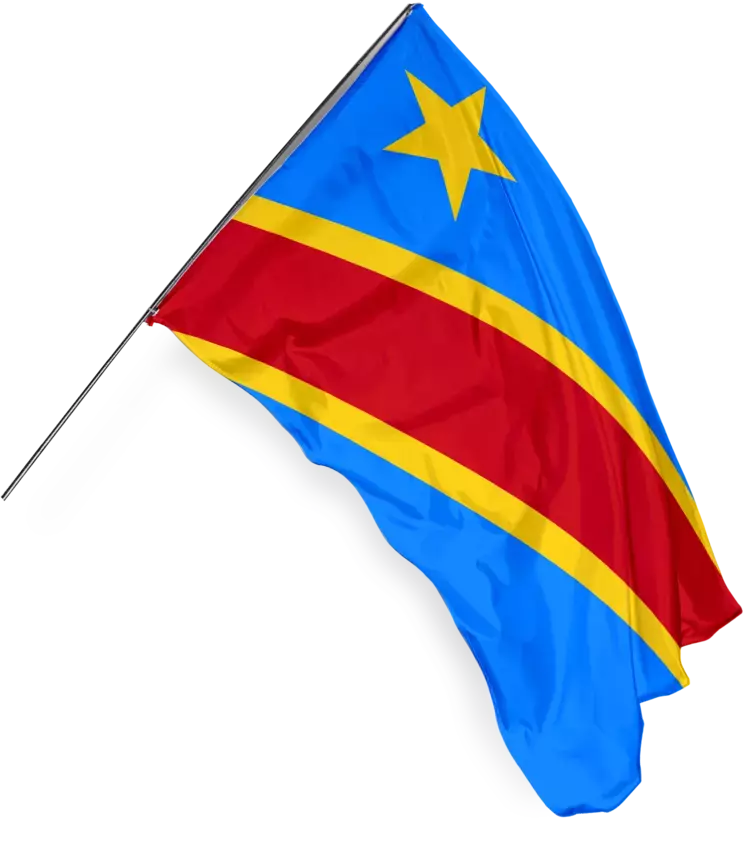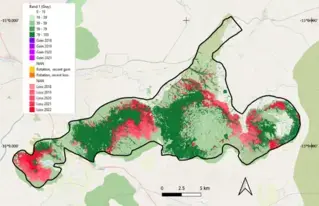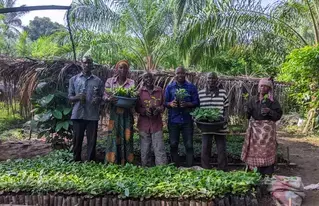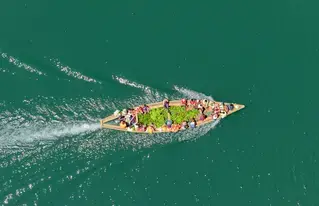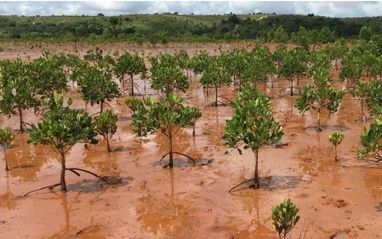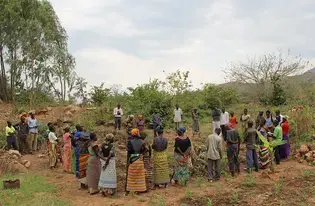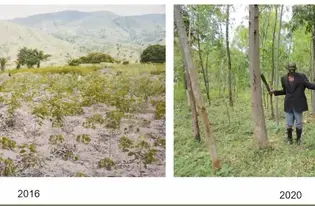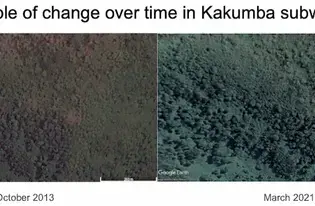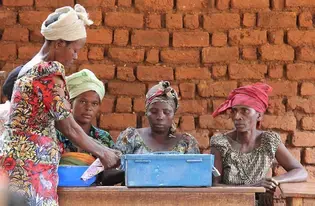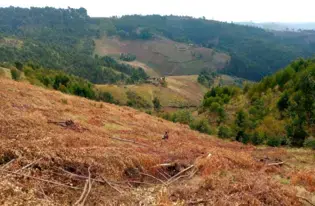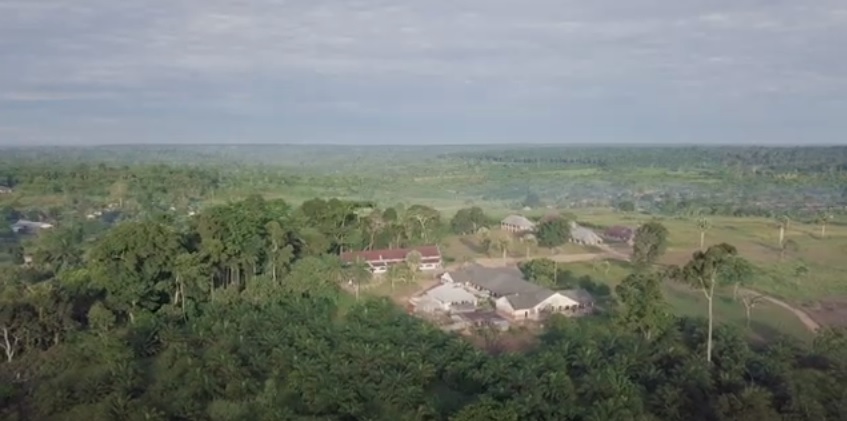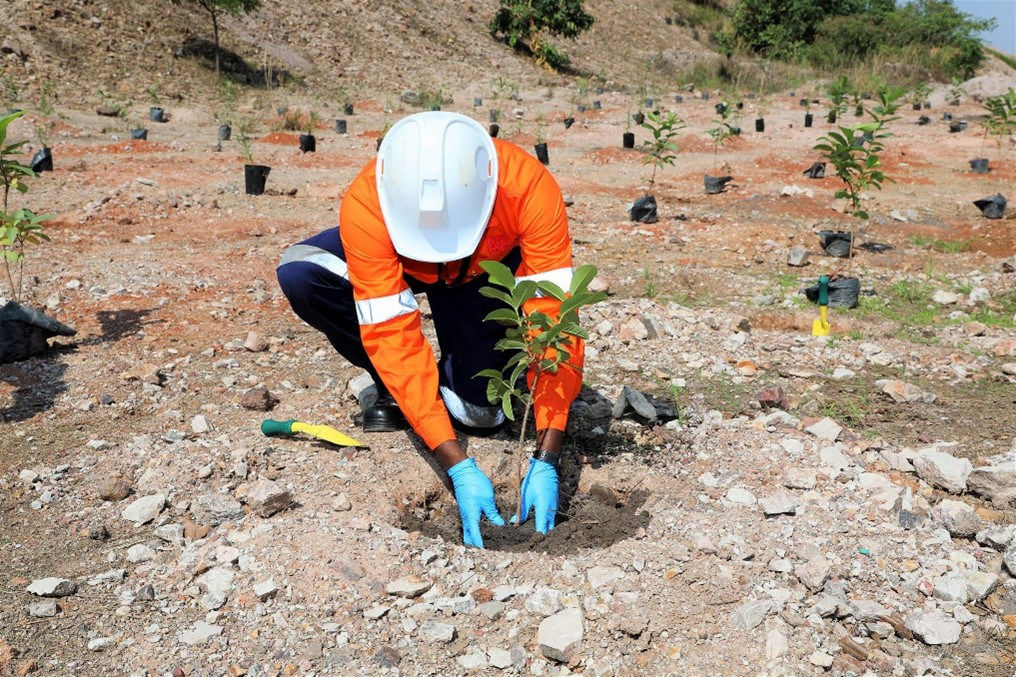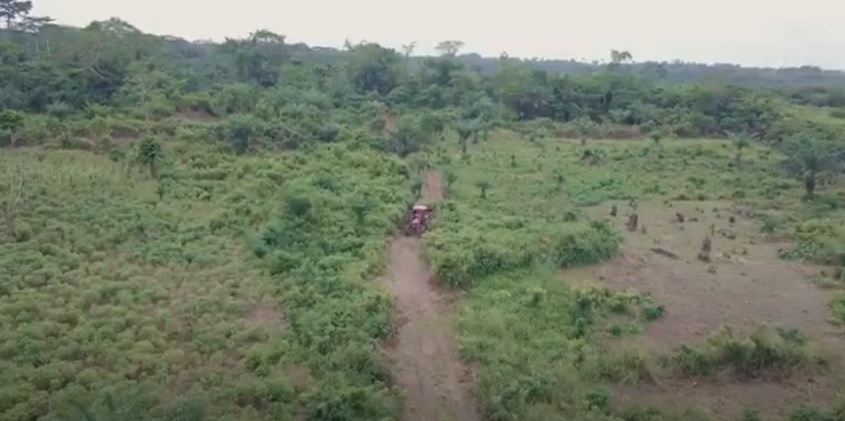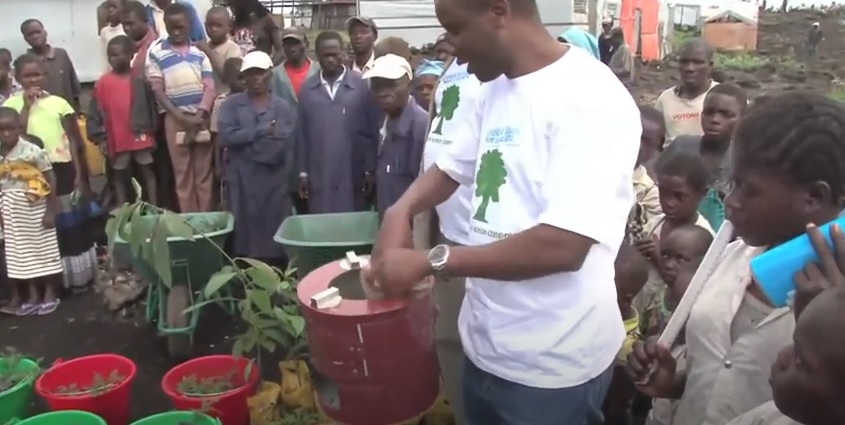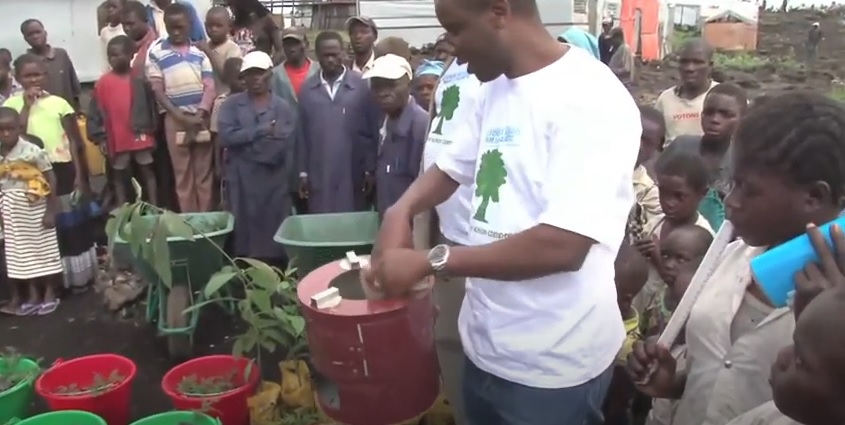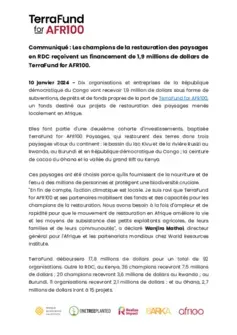Reforestation of deforested and degraded ecosystems
The DRC's forest represents 10% of the world's tropical forests. Its ecosystem offers a carbon absorption service equivalent to 10 years of global emissions. Establishing forests in deforested and degraded ecosystems increase forest stock and biodiversity and this plays an important role in climate adaptation. In DRC, reforestation projects establish types of forest plantations and thus converting hectares of deforested or degraded forests or savannah etc into an abundant and sustainable wood production and supply.
